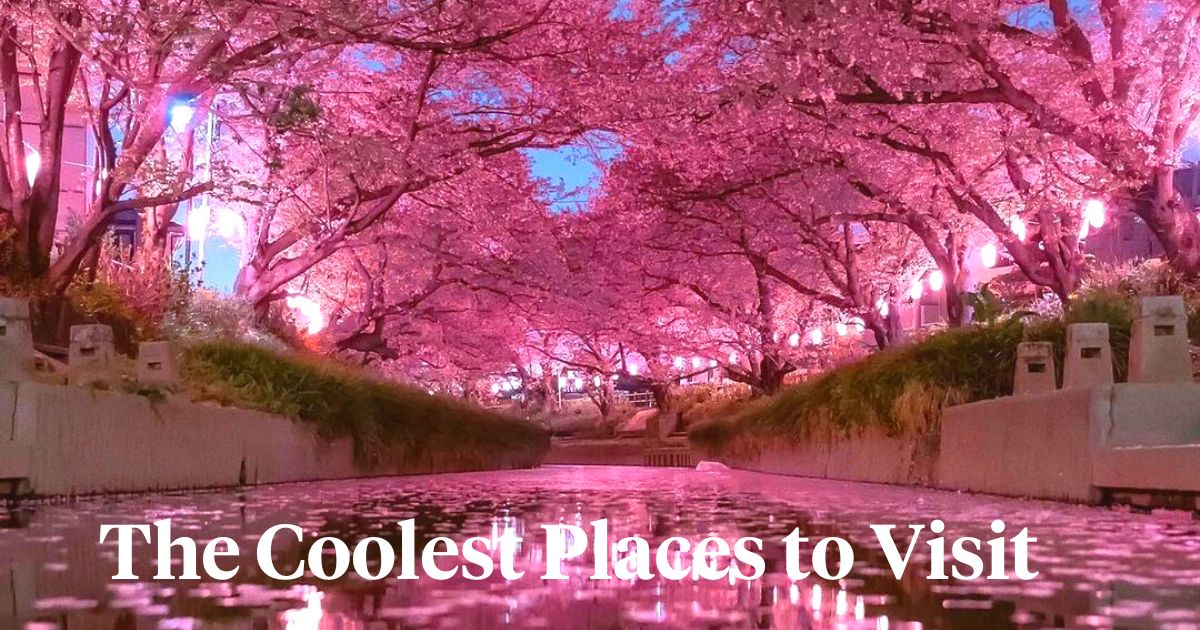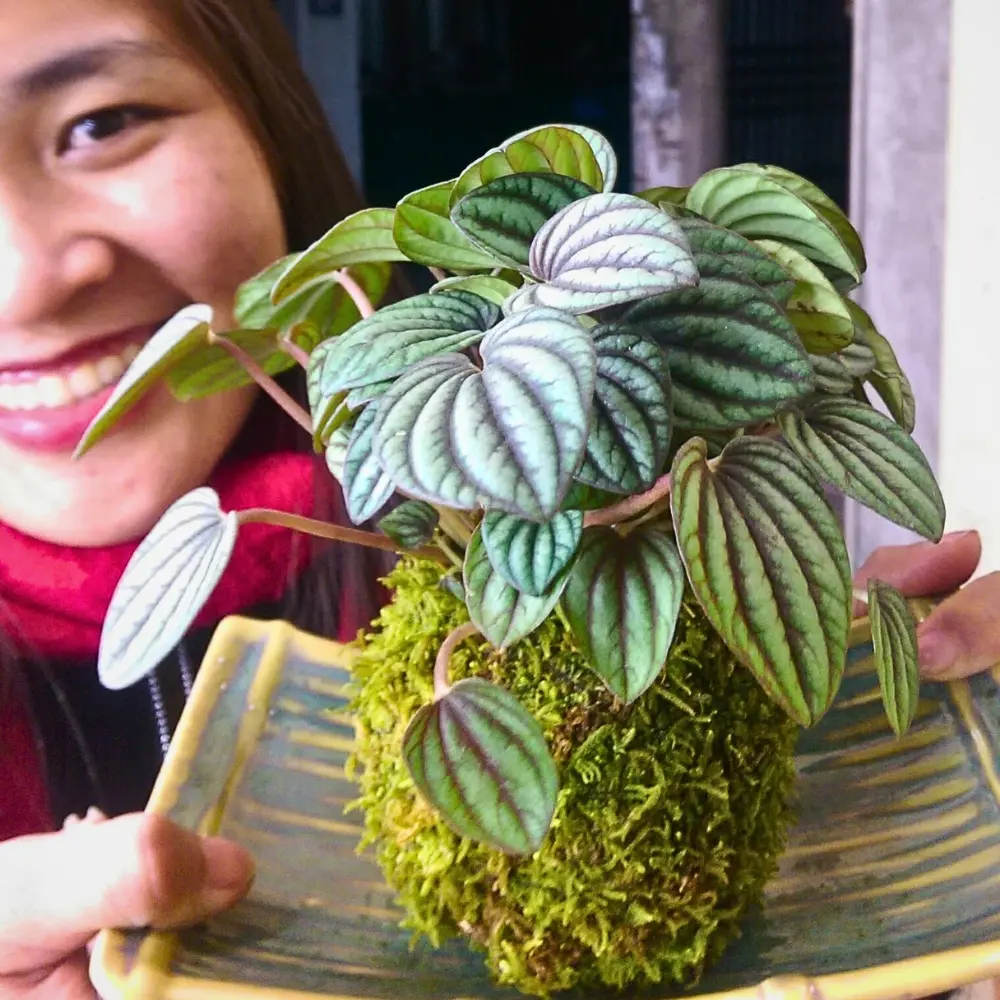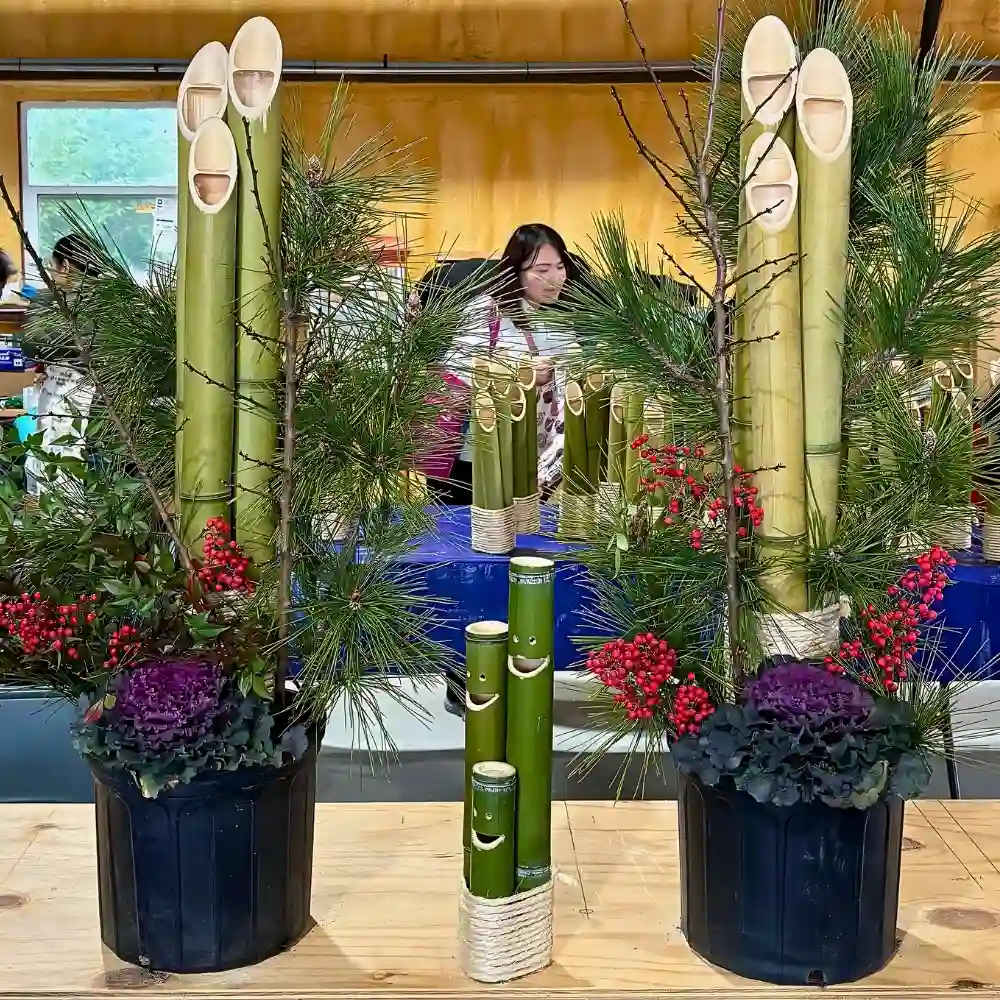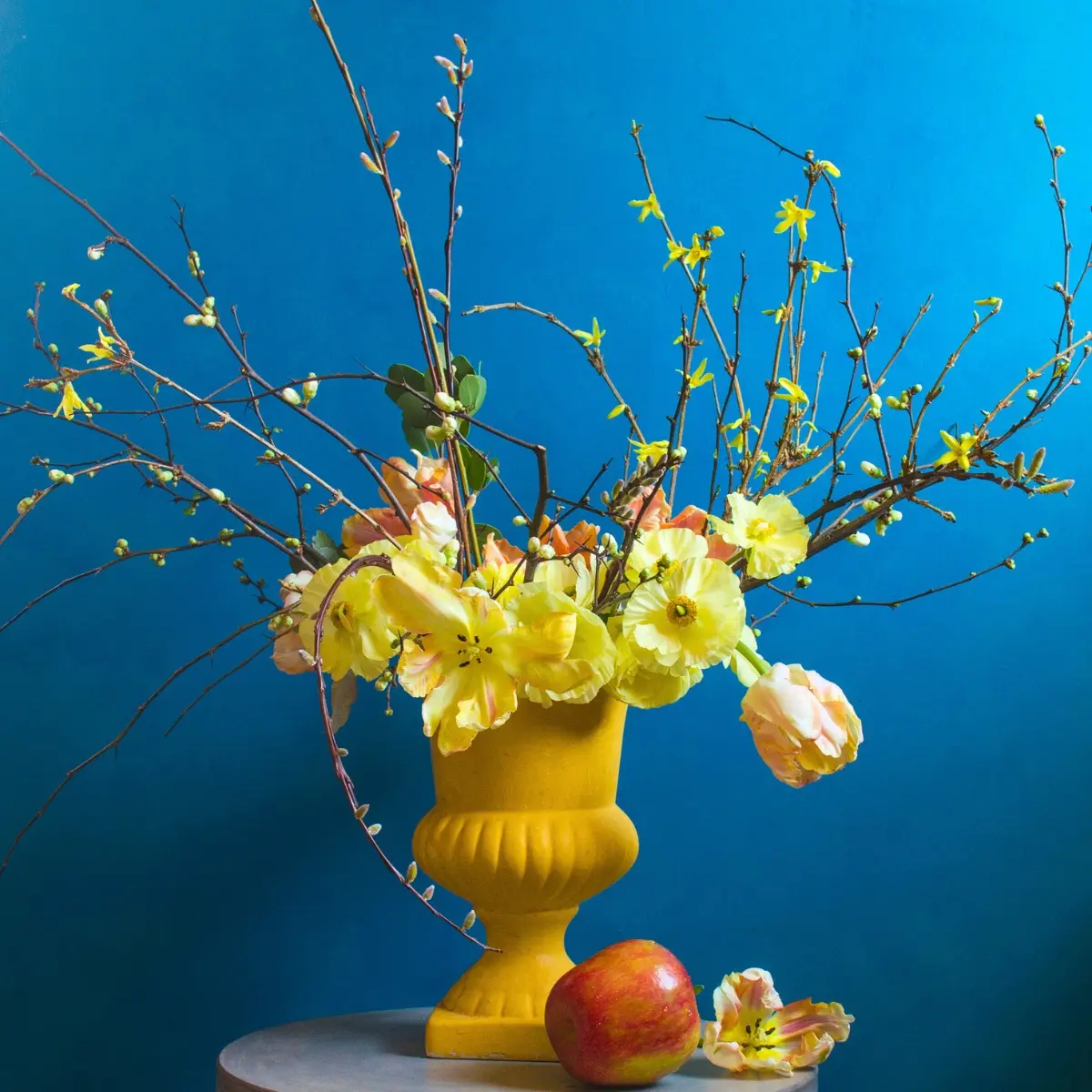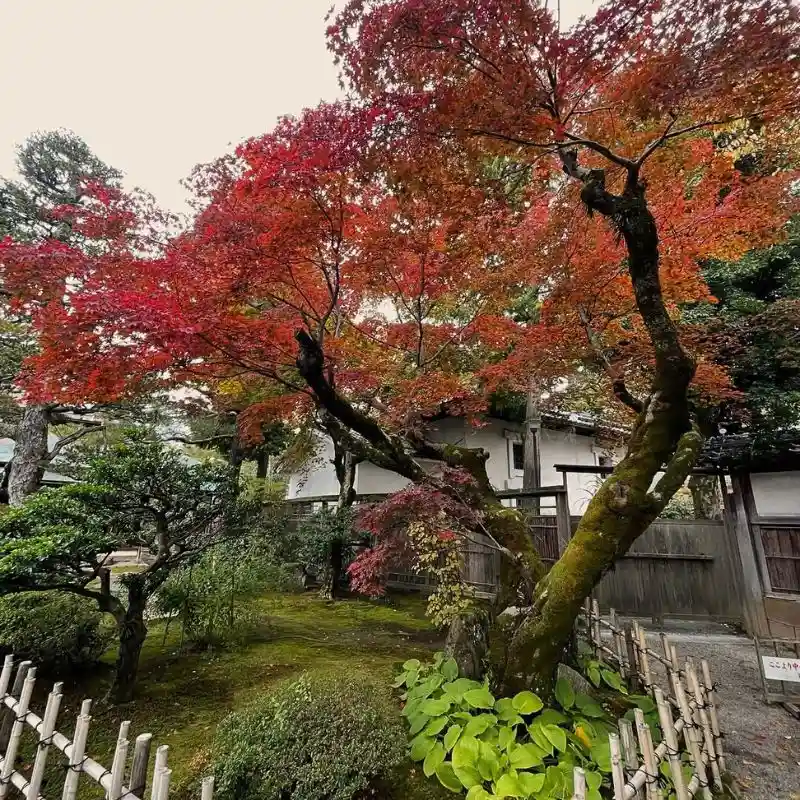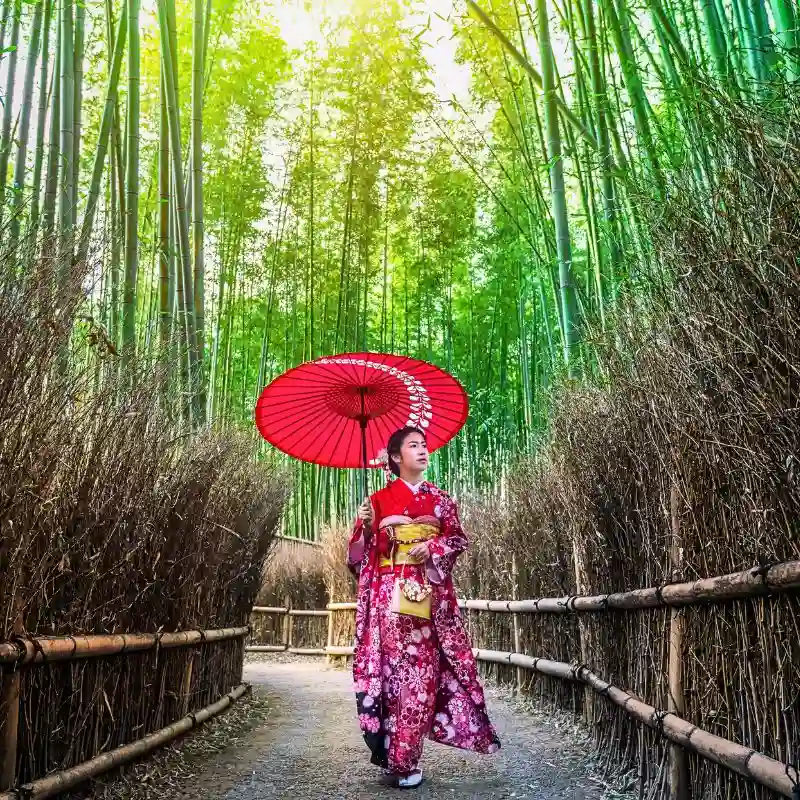Sakura is the Japanese name for the cherry blossom tree and its flowers. It is a beloved symbol in Japanese culture. Celebrated during the annual Hanami festival it represents the beauty and ephemeral nature of life. The cherry blossom is also a popular motif in Japanese art and has been depicted in many forms, including paintings, prints, and textiles. Additionally, the word "Sakura" is a popular given name for girls in Japan.
Cherry Blossom Tree or Sakura
The cherry blossom tree season, known as 'Sakura' in Japanese, is a highly anticipated and celebrated time in Japan. The Sakura tree season usually starts in late March and lasts for about two weeks, during which the entire country transforms into a pink paradise with the blooming of cherry blossom trees. If you are planning to visit Japan in spring, these are the dates they foresee the cherry blossoms blooming.
Visit Japan in Spring 2025
- Tokyo Sakura: Start of flowering March 25 / Full bloom: March 31
- Sapporo Sakura: Flowering: April 23 / Full bloom: Mei 3
- Sendai Sakura: Flowering: April 2 / Full bloom: April 7
- Kanazawa Sakura: Flowering: March 30 / Full bloom: April 7
- Nagoya Sakura: Flowering: March 24 / Full bloom: April 2
- Kyoto Sakura: Flowering: March 23 / Full bloom: April 1
- Osaka Sakura: Flowering: March 25 / Full bloom: April 2
- Hiroshima Sakura: Flowering: March 26 / Full bloom: April 5
- Fukuoka Sakura: Flowering: March 25 / Full bloom: April 4
.jpg)
The History of Japanese Cherry Blossom Trees
The history of sakura (cherry blossoms) in Japan is long and rich and dates back over a thousand years. Here are some key points about the history of Sakura:
1. Origins:
The cherry blossom is native to Japan, and the oldest sakura tree in the country is believed to be over 1,500 years old. It is thought that the practice of cultivating cherry blossom trees began in the eighth century, during the Nara period.
2. Cultural significance:
Cherry blossoms have played an important role in Japanese culture for centuries. In ancient times, they were associated with Shinto deities and were thought to bring good fortune and ward off evil spirits. Later, during the Heian period (794-1185), cherry blossoms became a popular motif in poetry, literature, and art.
3. Hanami:
The tradition of hanami, or cherry blossom viewing, dates back to the Nara period and has been a popular pastime in Japan for centuries. During hanami, people gather under the blooming cherry trees to enjoy food, drink, and the beauty of the blossoms. Hanami is seen as a way to appreciate the fleeting nature of beauty and to celebrate the arrival of spring.
4. Modern day:
Today, sakura remains an important part of Japanese culture, and the annual blooming of cherry blossoms is eagerly anticipated by people all over the country. The blossoms are celebrated with festivals, parades, and other events, and are a symbol of the beauty and resilience of nature. Cherry blossoms have also become popular around the world, and many countries have their own cherry blossom festivals and celebrations. The most famous festival is the National Cherry Blossom Festival in Tokyo, which attracts millions of visitors each year.
The history of the cherry blossom tree in Japan is closely tied to the country's culture, traditions, and natural beauty. It continues to be an important part of Japanese identity and national pride.
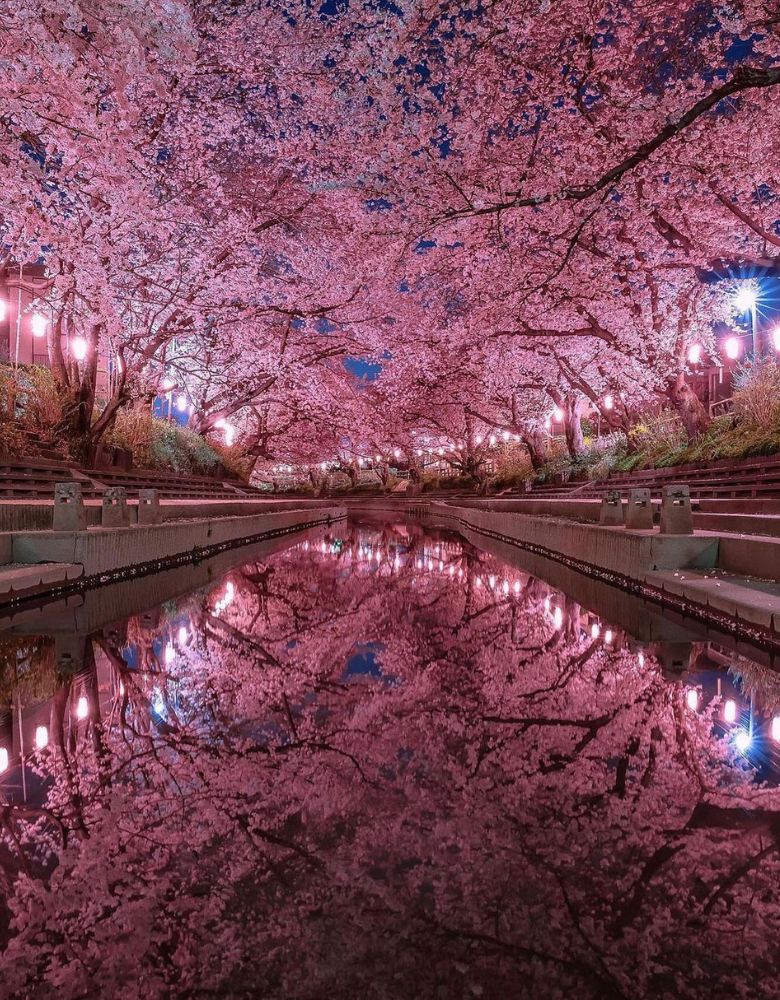
Cherry Blossom Season
Sakura, aka the cherry blossom season, is one of the most popular times to visit Japan. The exact timing of the sakura season can vary from year to year, depending on factors such as temperature and weather patterns, but it usually takes place between late March and early May.
The Sakura season typically starts in the south of Japan and moves northward as time progresses. If you're planning to visit Japan specifically to see the cherry blossoms, it's a good idea to check the latest cherry blossom forecasts and plan your trip accordingly. Keep in mind that the sakura season is a popular time to visit, so it's essential to book accommodations and transportation well in advance. There are many popular spots for viewing cherry blossoms. When traveling to see the cherry blossoms in full bloom it's best to follow the Sakura season forecast here.
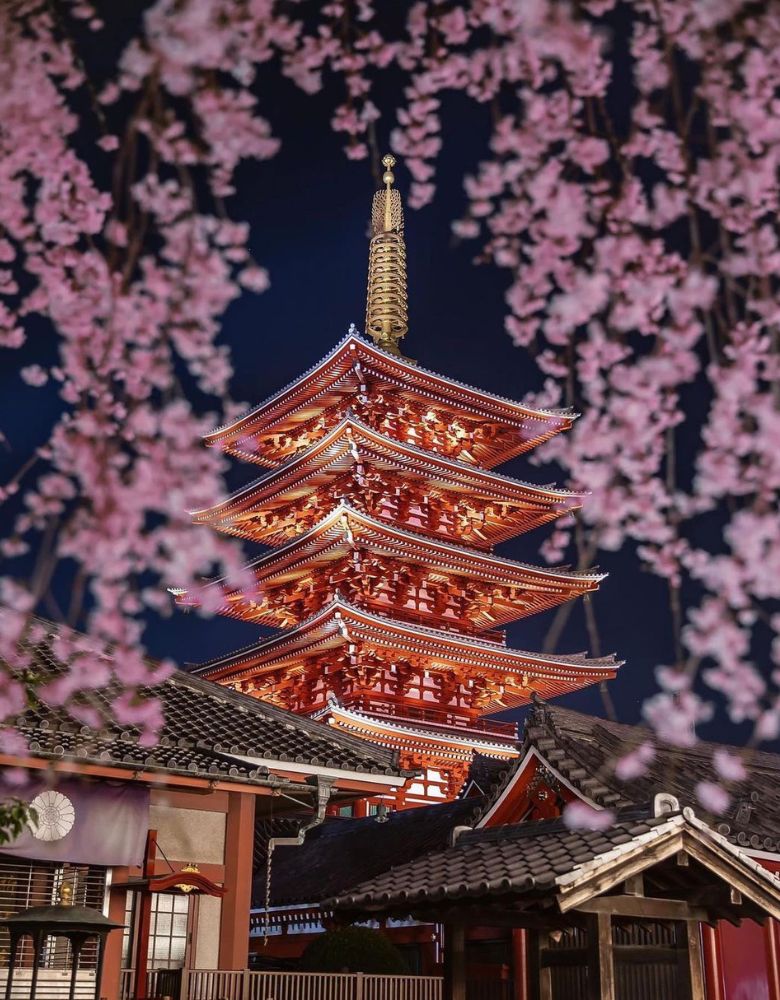
What Are the Most Beautiful Places to Visit Cherry Blossom Trees?
Japan is home to many beautiful places to view Sakura (cherry blossoms) during the springtime. Here are some of the most popular places to view Japanese Cherry Blossom Trees:
1. Shinjuku Gyoen, Tokyo:
A large park in Tokyo that is home to over 1,000 cherry blossom trees, including some rare and unusual varieties.
2. Ueno Park, Tokyo:
Another popular spot in Tokyo, Ueno Park is known for its picturesque cherry blossom-lined paths and large crowds of picnickers during Sakura season.
3. Mount Fuji, Tokyo:
One of the most scenic views that can be captured in Japan is the view of cherry blossoms around Mt. Fuji. The sight of Mount Fuji framed by a backdrop of cherry blossom trees is considered one of the quintessential images of Japan.
4. Philosopher's Path, Kyoto:
This peaceful walking path along a canal in Kyoto is lined with hundreds of cherry blossom trees and is particularly beautiful when the blossoms are reflected in the water.
5. Maruyama Park, Kyoto:
This popular park in Kyoto is home to one of the city's most famous cherry blossom trees, a large weeping cherry is known as Gion Shidare.
6. Himeji Castle, Hyogo Prefecture:
A UNESCO World Heritage Site that is known for its beautiful white facade and is particularly stunning when surrounded by cherry blossoms in the spring.
7. Hirosaki Castle, Aomori Prefecture:
An amazing castle in northern Japan that is surrounded by over 2,500 cherry blossom trees and is home to one of the country's most famous sakura festivals.
8. Mount Yoshino, Nara Prefecture:
This mountain is considered one of the best places in Japan to view cherry blossoms, with over 30,000 cherry blossom trees covering the slopes.
These are just a few of the many beautiful places to view Sakura in Japan.
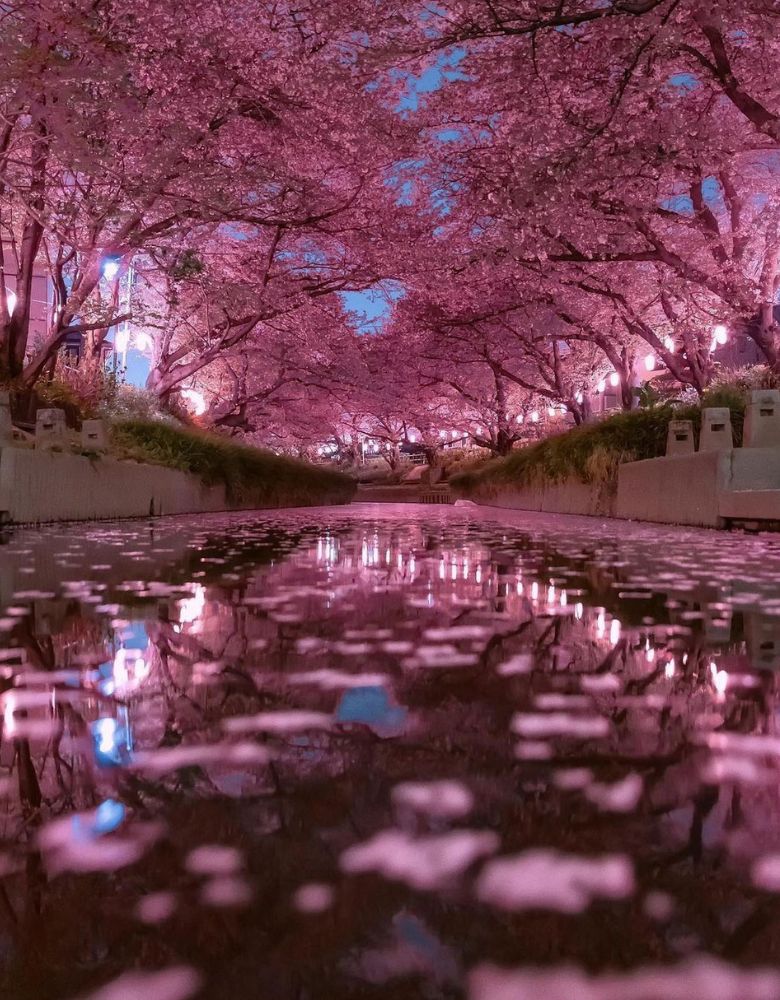
Cherry Blossom Tree in Japan
There are over 200 different varieties of cherry blossom trees in Japan. Some of the most common varieties include the Somei Yoshino, which is the most popular variety in Japan and has pale pink to white flowers; the Yamazakura, which has darker pink flowers; and the Shidarezakura, which has weeping branches and pink flowers.
Each variety of sakura has its own unique characteristics, including differences in the color, shape, and size of the flowers. Some varieties also bloom earlier or later than others, which can affect the timing of the cherry blossom season in different regions of Japan.
In addition to the many varieties of cherry blossoms found in Japan, there are also several hybrid varieties that have been developed over the years, some of which have been specifically bred for their ornamental value. These hybrid varieties can have unusual features, such as multi-colored or double-layered petals, and are often prized for their beauty.
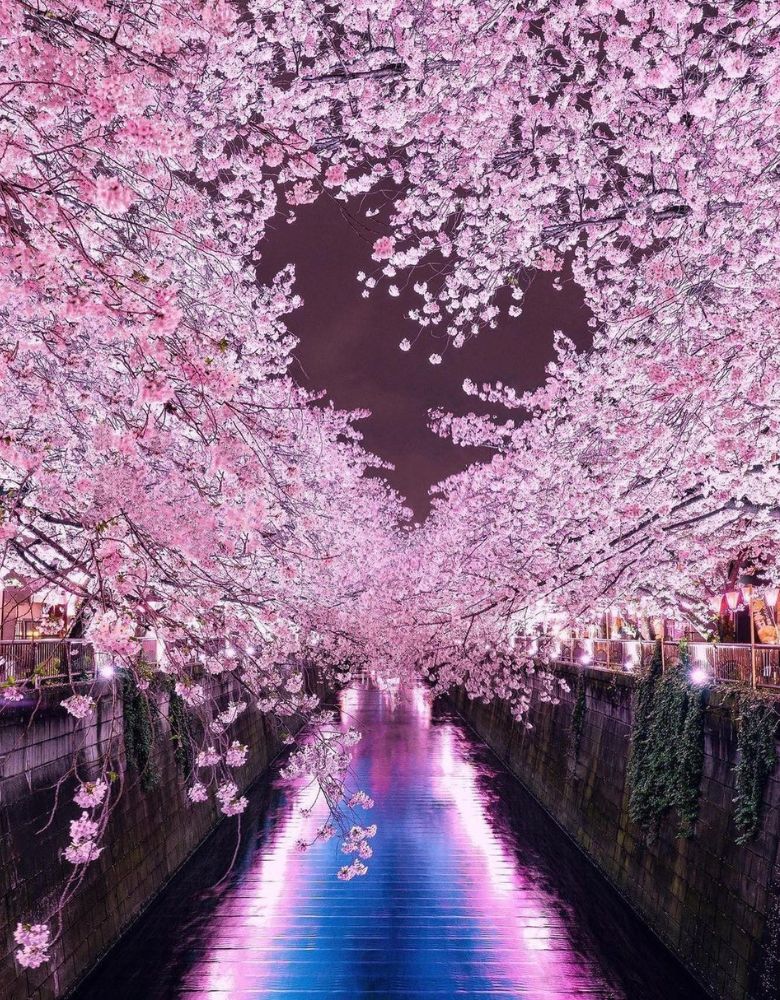
Most Common Cherry Blossom Tree Varieties and Their Characteristics
Here are some of the most common sakura (cherry blossom) varieties found in Japan and their characteristics:
Somei Yoshino
This is the most common and popular variety of sakura in Japan, with pale pink to white flowers. The flowers have five petals and bloom in large clusters, usually before the leaves emerge. Somei Yoshino is a hybrid variety and does not produce any fruit.
Yamazakura
An amazing variety with dark pink flowers that can bloom earlier than Somei Yoshino. The flowers have five petals and the tree itself is smaller than some other varieties of sakura.
Shidarezakura
Also known as weeping cherry, this variety has cascading branches that create a dramatic and beautiful effect. The flowers are usually pink, but can also be white or even greenish-yellow in color.
Kanzan
This variety has double-petaled flowers that are deep pink in color. The tree itself is larger than some other varieties of sakura, and the flowers bloom after the leaves emerge.
Fugenzo
A cherry blossom tree that has pink flowers that are similar in shape to Somei Yoshino but with a deeper pink color. The flowers have a slight fragrance and bloom later than Somei Yoshino.
Ichiyo
This variety has white flowers that are tinged with pink at the edges. The tree itself is small and compact, making it a good choice for smaller gardens.
Yaezakura
A variety that has double-petaled flowers that can be pink, white, or even greenish-yellow in color. The flowers can be quite large and showy, and bloom after the leaves emerge.
Each variety has its own unique characteristics and beauty and choosing which variety to view can be a matter of personal preference.
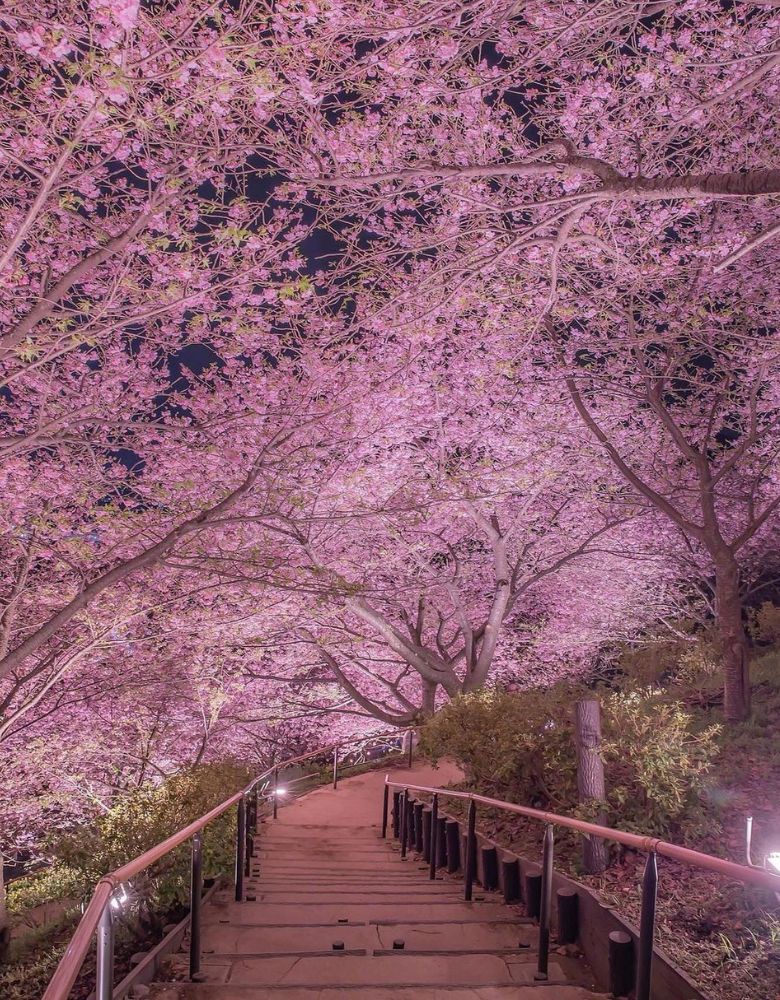
Japanese Cherry Blossoms in Art
It has been celebrated for centuries through various forms of art, including painting, poetry, and music. In painting, cherry blossoms are often shown in delicate, pastel colors and with a focus on their ephemeral nature. Artists use traditional Japanese techniques such as sumi-e (ink wash painting) or ukiyo-e (woodblock printing) to create images of cherry blossoms in various settings, such as in gardens, on mountainsides, or along rivers.
Cherry blossoms also inspire poetry, particularly in the form of haiku. These short, three-line poems often capture the fleeting beauty of the blossoms and their connection to the changing of the seasons.
In music, cherry blossoms are often referenced in traditional Japanese folk songs and classical music. The sakura, or cherry blossom, is a common motif in traditional Japanese instruments such as the koto and shakuhachi.
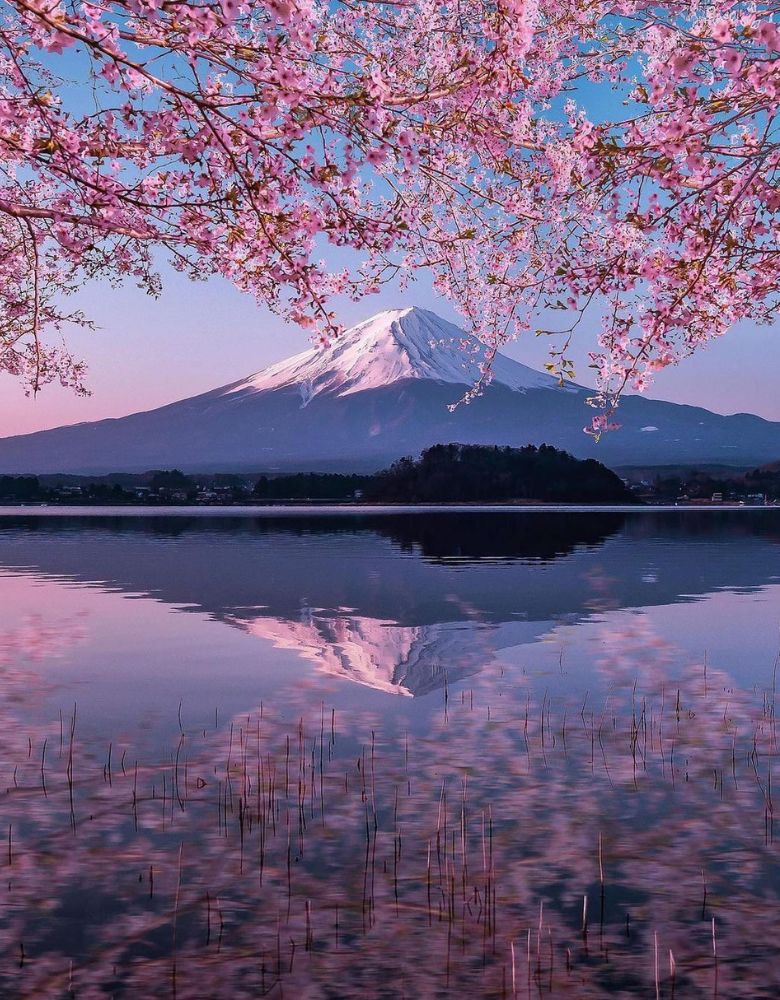
Sakura or Cherry Blossoms With Its Various Meanings
Sakura is the Japanese word for cherry blossom, and it holds various meanings and symbolism in Japanese culture. Here are some of the most common meanings associated with sakura:
Transience
One of the most prominent meanings of sakura is the transience of life, as the blossoms are famously short-lived and only last for a few days. This has led to the association of sakura with the impermanence of all things and the fleeting nature of beauty.
Renewal
Despite their short lifespan, sakura blooms signify new beginnings and the start of a new year or season. For many Japanese people, the blossoms represent a fresh start and a renewed sense of hope and energy.
Beauty
Sakura is admired for its stunning beauty, and the blossoms are often seen as a symbol of grace, elegance, and purity.
Fertility
In some parts of Japan, sakura is associated with fertility and the start of new life. This is because the blooming of the cherry blossoms coincides with the arrival of spring, which is traditionally seen as a time of renewal and growth.
Samurai culture
Sakura was a popular motif in samurai culture, as it symbolized the brevity of life and the need to live each day to the fullest. Samurai warriors often wore cherry blossom designs on their armor, and cherry blossom imagery is still associated with the samurai today.
Sakura is a rich symbol in Japanese culture, representing the fleeting nature of life, the beauty of nature, and the hope for renewal and new beginnings.
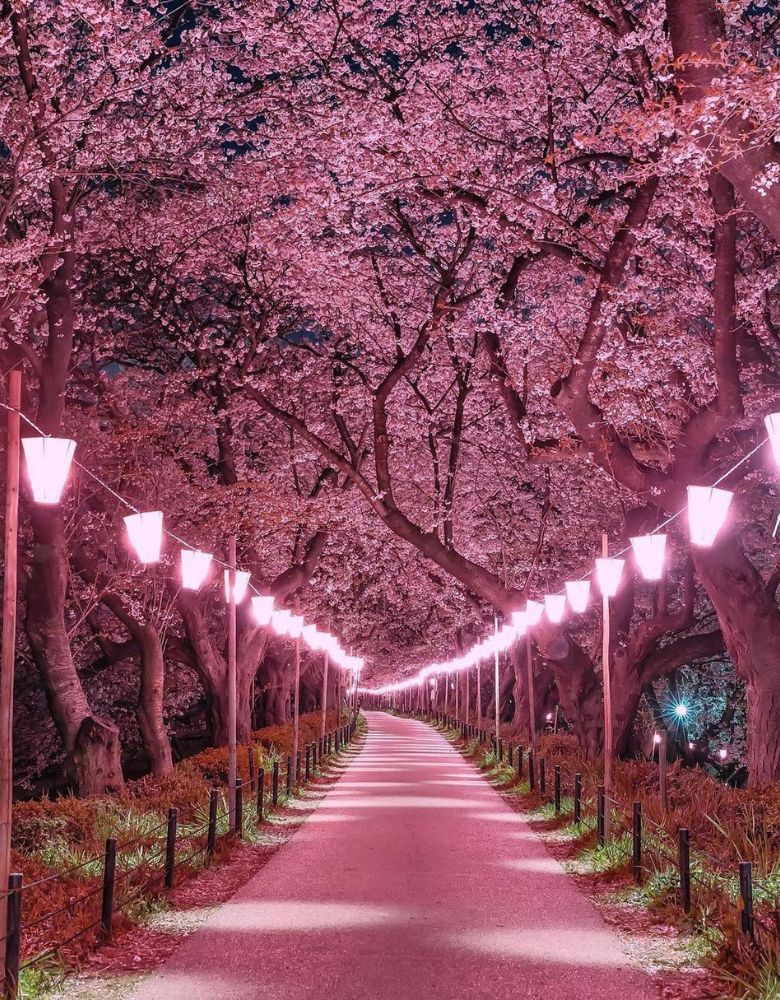
Pictures by @travellingthroughtheworld.

